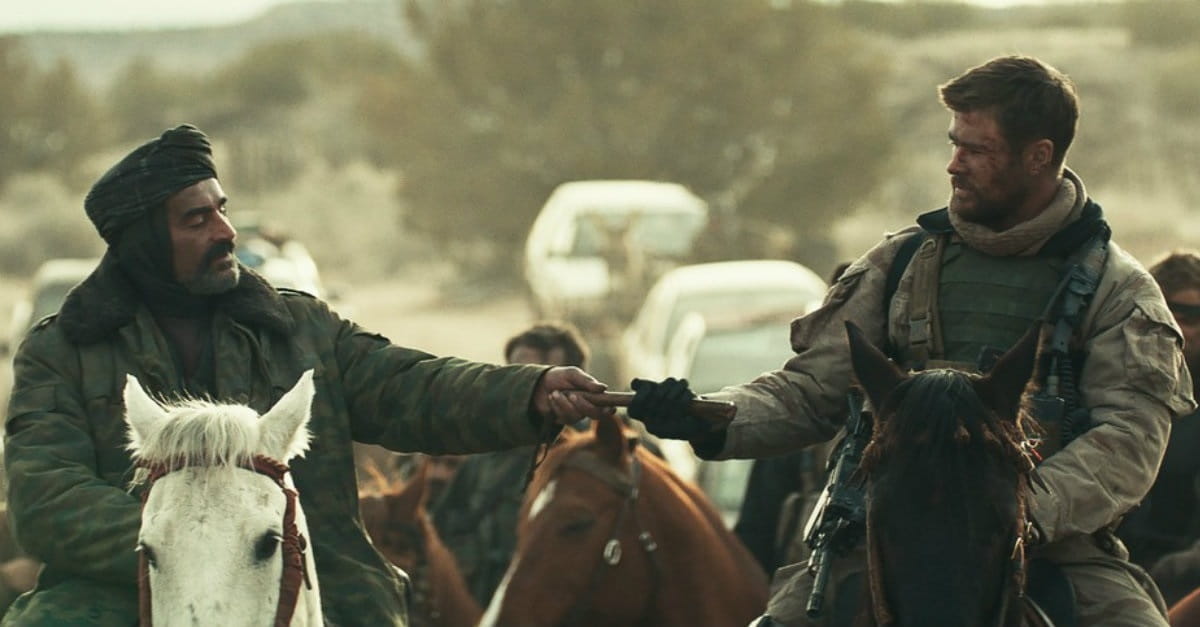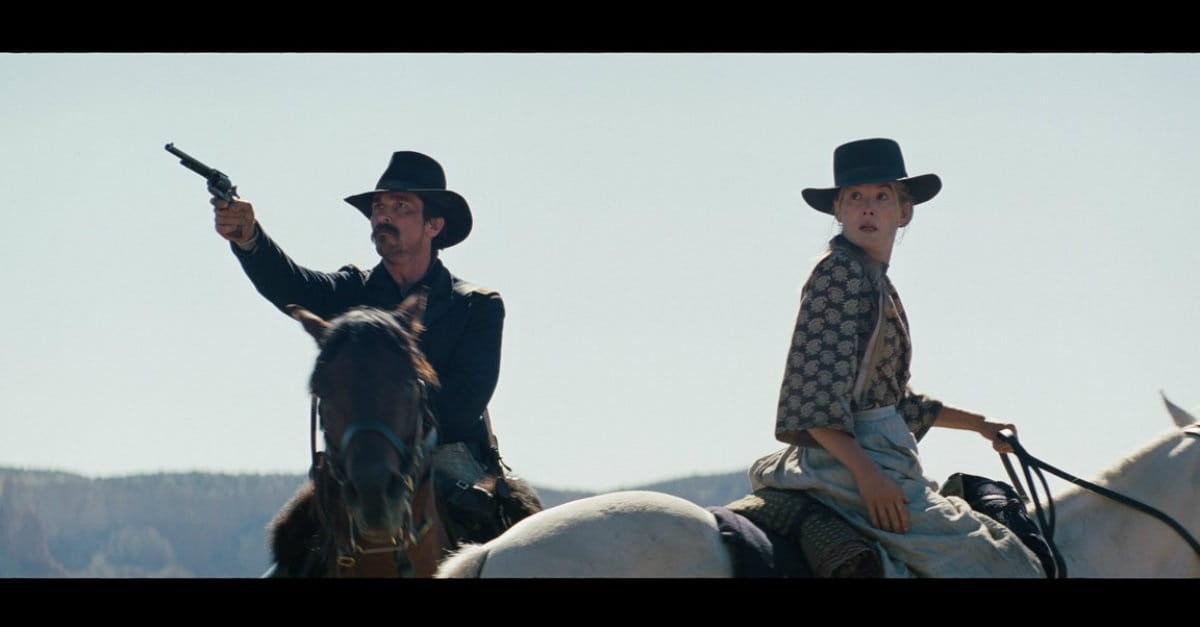Stars, Stripes and Cynicism on Display in “Flags”
- Christian Hamaker Contributing Writer
- Updated Feb 01, 2007

DVD Release Date: February 6, 2007
Theatrical Release Date: October 20, 2006
Rating: R (for sequences of graphic war violence and carnage, and for language)
Genre: Drama
Run Time: 132 min.
Director: Clint Eastwood
Actors: Ryan Phillippe, Jesse Bradford, Adam Beach, John Benjamin Hickey, Barry Pepper, Jamie Bell
“We like things simple. Good and evil. Most of the time, it’s both.”
“Maybe there’s no such thing as heroes. Heroes are something we create, something we need.”
Director Clint Eastwood’s “Flags of Our Fathers” opens and closes, respectively, with the above lines and the sentiments contained therein tell you everything you need to know about the film. A meditation on Pilate’s question, “What is truth?” (John 18:38), the movie attempts to demythologize the moments we hold dear as a country – in this case, the image of five Marines and a Navy corpsman during World War II (1945) raising the American flag on the island of Iwo Jima.
The reconstructed story of the flag-raising is eye-opening in the details it reveals about the image – the victory it represented to a war-weary population back home, versus the carnage that still lay ahead in taking the island. As a turning point for the nation, it fed a war-bond drive that raised more money for the war effort than all previous war-bond drives combined, but exacted a heavy toll from the soldiers tapped to re-enact a moment they would rather forget.
The reluctance of the men to milk the moment for all it was worth gives the film its narrative framework. In the present day, the son of one of the Marines chronicles the moment through interviews with the surviving soldiers. Among them are John “Doc” Bradley (Ryan Phillippe), Ira Hayes (Adam Beach) and Rene Gagnon (Jesse Bradford). Together, the men travel the United States, re-creating the flag-raising under the auspices of a promoter who has little tolerance for the men’s reticence in propagating the error-filled story behind the photo.
Through flashbacks, we learn the fates of several soldiers who raised the flag over Iwo Jima, and the mixed motives of those who immediately recognized the image as a powerful piece of war-time propaganda.
When a photo of the second flag-raising – not the first – becomes the widely accepted image of that event, the Marines promoting a bond drive back in the States are forced to give false accounts of the event to the parents of fallen soldiers, who wrongly believe their sons to be among the photographed group (all of whom have their backs to the camera). Beach gives the film’s most memorable performance as Hayes, a Native American who resists the return to the States to help publicize the bond drive. Rejecting the label of “hero,” Hayes struggles with the public appearances and the racism he confronts on the home front.
Adding to the flashback structure between the bond drive and the Iwo Jima sequence is the awkward framing story set in the present day, as Bradley’s son interviews his father and other survivors. A touching father-son scene recalls the much-criticized closing moments (between a husband and wife) in “Saving Private Ryan,” as a soldier seeks affirmation and absolution from a loved one. Also echoing “Ryan” is an earlier sequence showing the American troops storming the shores of Iwo Jima. Although technically accomplished, this sequence also feels derivative of the earlier “Ryan.”
There’s nothing particularly bad about “Flags of Our Fathers.” The story holds our interest, the acting is respectable, the direction stately and the soundtrack effective. But its notion of heroism consisting of brave soldiers simply doing what they do is not particularly revelatory, nor is it inspirational in the way we might expect from a Hollywood film. There is truth in the idea, however, and as Christians, truth must be highly valued – even when it’s uncomfortable.
“Flags of Our Fathers” refuses to offer easy notions of patriotism or jingoistic symbolism, and for that it should be credited, not derided. Nevertheless, taken as a whole, the movie is fragmented and often didactic. It never fully engages our interest, despite some effective moments. Its derivative qualities and somewhat cynical message leave these “Flags” flying at half-mast.
AUDIENCE: Adults only
CAUTIONS:
- Language/Profanity: Lord’s name taken in vain; multiple profanities.
- Drugs/Alcohol: Drinking and smoking; one soldier repeatedly gets drunk and vomits.
- Sex/Nudity: None.
- Violence: War-time violence, including hand-to-hand combat, bayoneting, gunfire, grenade explosions, dead soldiers and multiple images of body parts and severe wounds.














